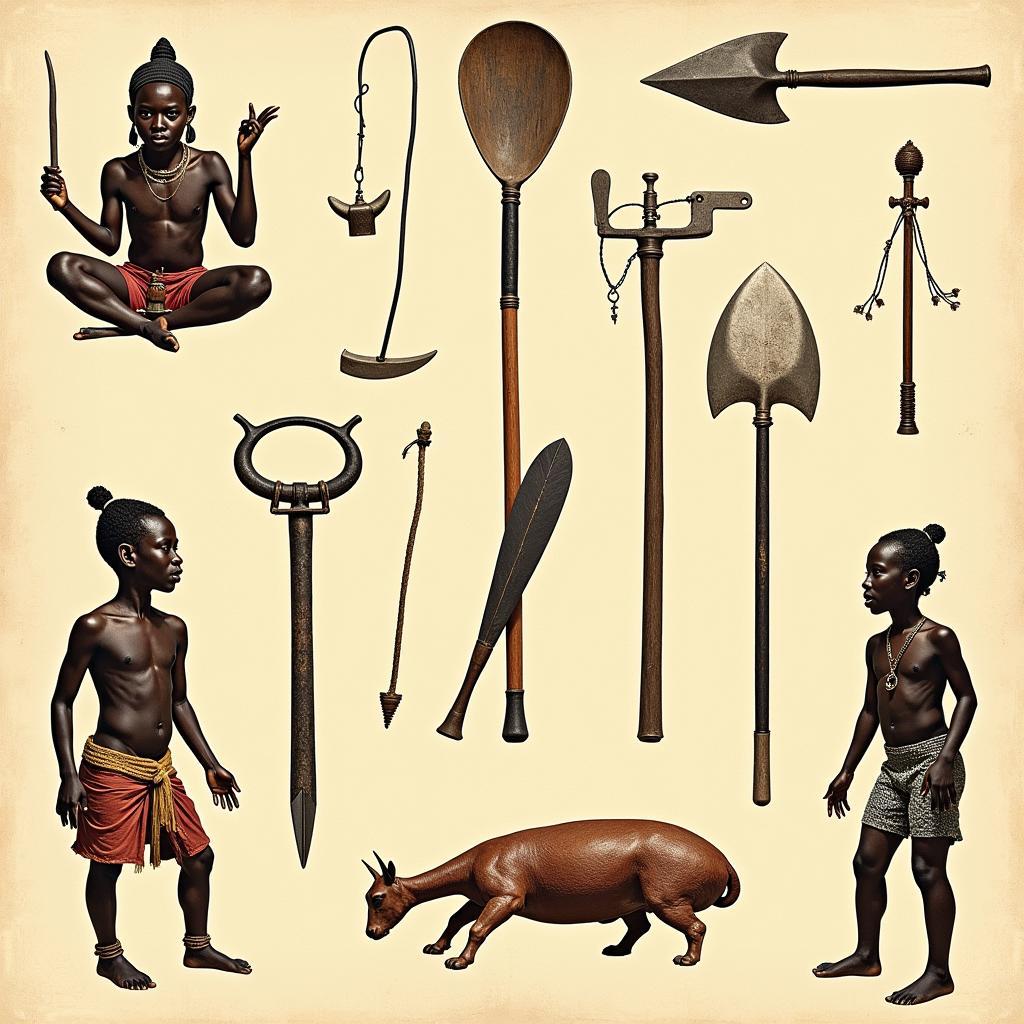ASEAN and Asia are intrinsically linked, with the Association of Southeast Asian Nations playing a pivotal role in the continent’s economic, political, and cultural landscape. This article delves into the multifaceted relationship between ASEAN and the broader Asian context, exploring its historical development, current challenges, and future prospects.
ASEAN’s Place within the Asian Tapestry
ASEAN, comprising 10 diverse nations, has emerged as a significant economic bloc and a key player in regional diplomacy. Its strategic location at the heart of Asia, coupled with its abundant natural resources and youthful population, positions it as a driver of growth and innovation. The organization’s commitment to regional cooperation has fostered stability and facilitated economic integration, contributing significantly to Asia’s overall development.
What role does ASEAN play in Asian security? ASEAN’s role in maintaining regional peace and security is crucial. The organization promotes dialogue and cooperation among member states, addressing issues such as territorial disputes and transnational crime. Through platforms like the ASEAN Regional Forum, it engages with major powers in the region, fostering a climate of trust and mutual understanding.
The Economic Powerhouse of Southeast Asia
ASEAN’s economic dynamism has transformed Southeast Asia into a global economic powerhouse. The region’s rapid growth has attracted foreign investment, creating jobs and boosting living standards. The ASEAN Economic Community (AEC) aims to create a single market and production base, further enhancing the region’s competitiveness. asean asian financial crisis impacted the region significantly, prompting reforms and strengthening regional cooperation.
How has ASEAN impacted intra-Asian trade? ASEAN has significantly boosted intra-Asian trade by reducing tariffs and non-tariff barriers among member states. This has facilitated the flow of goods and services, creating new opportunities for businesses and consumers alike. The organization’s free trade agreements with other Asian countries have further expanded trade linkages, contributing to regional economic integration.
Cultural Exchange and Diversity in ASEAN and Asia
ASEAN is a melting pot of cultures, reflecting the rich diversity of Asia. From ancient temples to vibrant festivals, the region’s cultural heritage is a testament to its vibrant history. ASEAN promotes cultural exchange through various initiatives, fostering understanding and appreciation of the region’s diverse traditions.  Cultural Diversity in ASEAN and Asia
Cultural Diversity in ASEAN and Asia
What are some examples of cultural exchange within ASEAN? Numerous programs and initiatives promote cultural exchange within ASEAN. These include student exchange programs, joint cultural performances, and art exhibitions. Such activities foster cross-cultural understanding and strengthen people-to-people ties.
Navigating Challenges and Embracing Opportunities
While ASEAN has achieved remarkable progress, it also faces significant challenges. These include addressing economic disparities within the region, managing territorial disputes, and combating transnational crime. However, the organization’s commitment to cooperation and dialogue provides a platform for addressing these challenges effectively. asean asia pass could revolutionize travel and tourism within the region.
How can ASEAN strengthen its regional integration? Strengthening regional integration requires enhanced cooperation in areas such as infrastructure development, trade facilitation, and human capital development. ASEAN can also leverage its collective bargaining power to negotiate favorable trade agreements with other countries and regions.
The Future of ASEAN in Asia
ASEAN’s future is intertwined with the future of Asia. The organization is poised to play an increasingly important role in shaping the continent’s economic, political, and security landscape. By fostering greater cooperation and integration, ASEAN can unlock its full potential and contribute to a more prosperous and peaceful Asia. asean acia reservation list demonstrates the increasing interest in exploring and understanding the region’s diversity.  Future Collaboration between ASEAN and Asia
Future Collaboration between ASEAN and Asia
What is the significance of ASEAN centrality? ASEAN centrality refers to the organization’s role as the primary driving force for regional cooperation and integration in Southeast Asia. This principle ensures that ASEAN remains at the heart of regional decision-making, contributing to a stable and predictable regional order. asea asian fusion hours reflect the growing interest in ASEAN culture and cuisine.
In conclusion, ASEAN and Asia are interconnected, sharing a dynamic and evolving relationship. ASEAN’s continued growth and integration are crucial for the continent’s future prosperity and stability. asean asian highway network map is a significant step towards improving regional connectivity and integration. By embracing cooperation and addressing its challenges, ASEAN can continue to be a driving force for positive change in Asia.
FAQ:
- What are the member states of ASEAN?
- What is the ASEAN Charter?
- What is the ASEAN Free Trade Area (AFTA)?
- How does ASEAN promote regional security?
- What are the key challenges facing ASEAN?
- What is the role of ASEAN in the Indo-Pacific region?
- How can I get involved in ASEAN activities?
Need support? Contact us 24/7 at Phone: 0369020373, Email: [email protected] or visit us at Thon Ngoc Lien, Hiep Hoa, Bac Giang, Vietnam.


